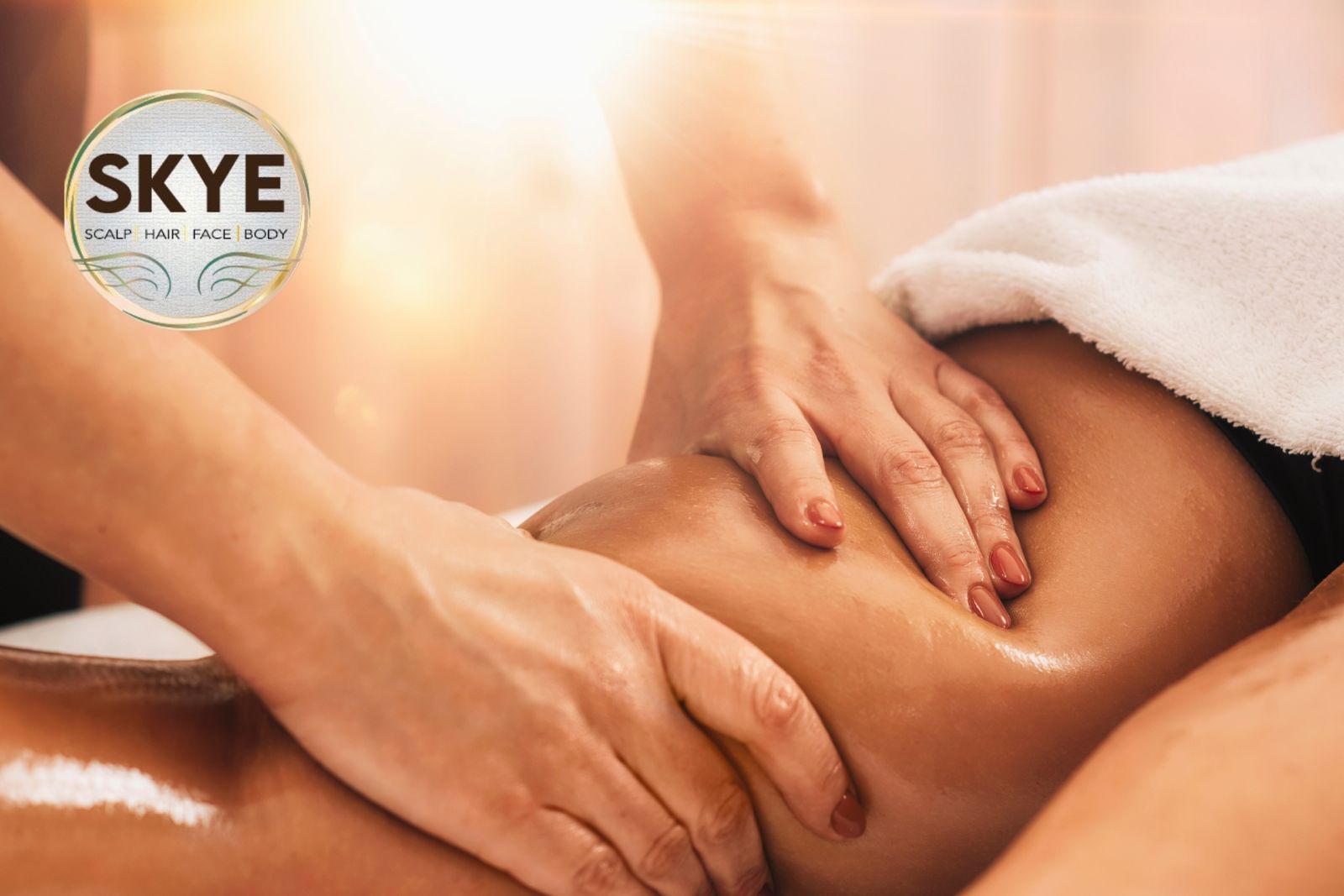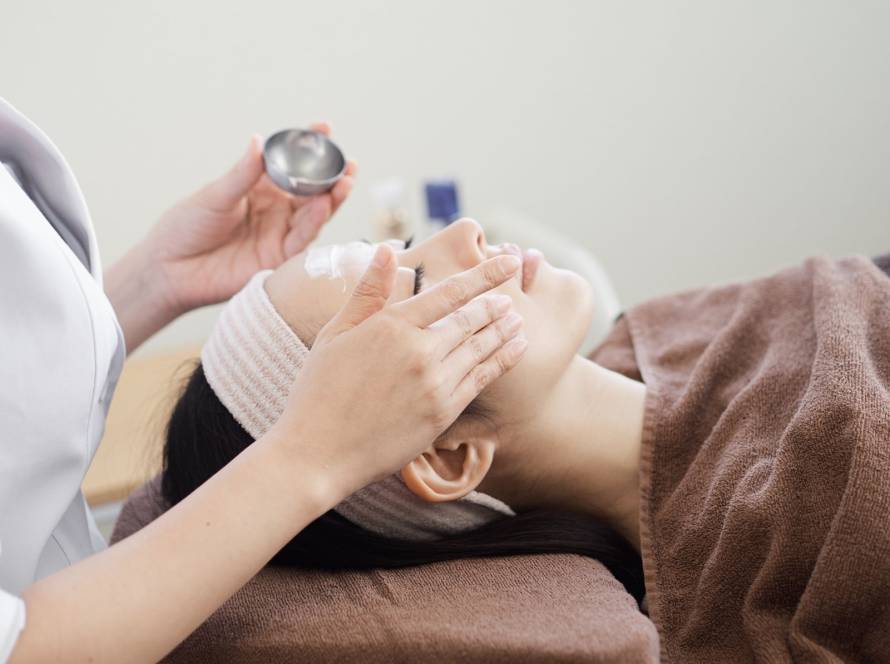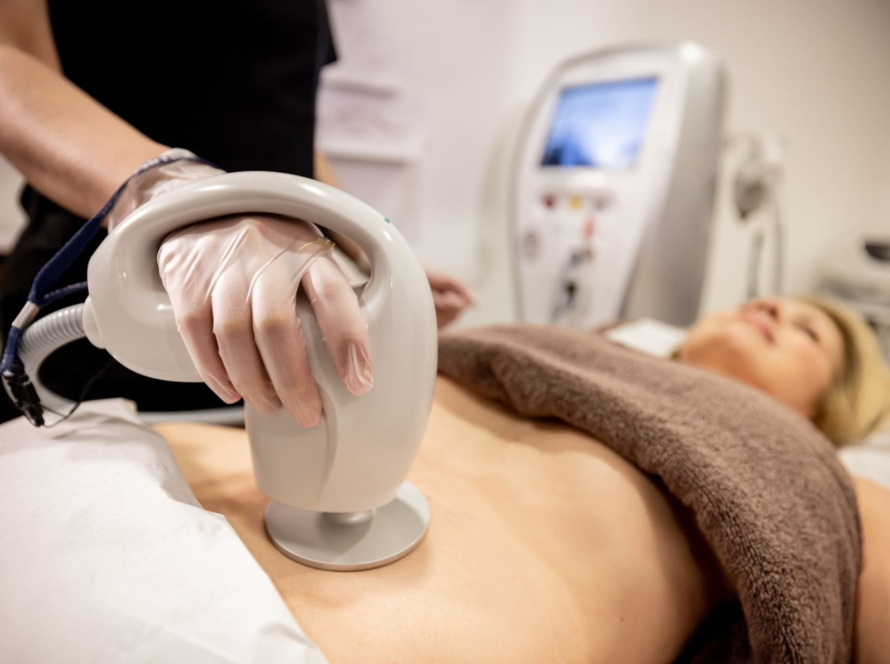Massage is often suggested as a non-invasive method to temporarily improve the appearance of cellulite, but it doesn’t actually break up or eliminate cellulite. Cellulite is the result of fat deposits pushing through the connective tissue under the skin, causing a dimpled or “cottage cheese” appearance. While massage can help with blood circulation and lymphatic drainage, it can’t alter the structure of the fat or connective tissue responsible for cellulite.
Massage techniques like deep tissue massage or cellulite-specific massages may temporarily reduce the appearance of cellulite by:
1. Improving Blood Circulation: Enhanced circulation can help reduce fluid buildup and make the skin appear smoother for a short period.
2. Lymphatic Drainage: Massage can assist in moving excess fluids out of the affected area, which might reduce puffiness and improve skin tone temporarily.
3. Relaxation: Reducing stress and promoting relaxation may help with overall skin health and appearance.
However, the effects of massage on cellulite are usually temporary, and it doesn’t provide a long-term solution for cellulite reduction. To address cellulite more effectively, you might consider:
1. Diet and Exercise: Maintaining a healthy diet and engaging in regular physical activity can help reduce body fat, which may lessen the appearance of cellulite.
2. Topical Creams: Some creams and lotions may contain ingredients that claim to reduce the appearance of cellulite. However, the effectiveness of these products varies, and results may be modest.
3. Professional Treatments: There are various cosmetic procedures and treatments, such as laser therapy, radiofrequency, and acoustic wave therapy, that claim to reduce cellulite. Consult with a dermatologist or plastic surgeon for options and recommendations.
It’s important to have realistic expectations about cellulite reduction. Many women have cellulite to some extent, and it’s a common feature. While some treatments and lifestyle changes may offer temporary improvement, completely eliminating cellulite can be challenging and may not be achievable for everyone.
The frequency of cellulite massage can vary depending on your personal preferences and the results you’re looking to achieve. While slimming massage can provide temporary improvements in the appearance of cellulite, it’s important to understand that the effects are not permanent, and cellulite reduction often requires a combination of approaches.
If you’re getting cellulite-specific massages from a professional therapist, the frequency can depend on their recommendations and your budget. Some people opt for weekly or bi-weekly sessions, especially if they’re preparing for a specific event or want regular maintenance. Others may choose monthly sessions for maintenance.
Keep in mind that massage alone is unlikely to completely eliminate cellulite. Combining massage with a healthy diet, regular exercise, and other cellulite-reducing strategies will likely yield better results.
Remember that while massage can temporarily improve the appearance of cellulite by increasing blood circulation and reducing fluid retention, it’s not a permanent solution. To address cellulite more effectively, a comprehensive approach that includes a healthy lifestyle, targeted exercises, and possibly professional treatments may be necessary.
Massage, including specific techniques, can temporarily improve the appearance of cellulite by promoting blood circulation, lymphatic drainage, and skin firmness. However, it’s important to note that massage alone cannot “break up” or permanently eliminate cellulite. The effects are temporary and require regular maintenance. Here are some massage techniques that are often used to address cellulite:
Lymphatic Drainage Massage: Deep tissue massage focuses on applying firm pressure to reach deeper layers of muscle and connective tissue. It can help improve circulation and release tension, potentially leading to a temporary reduction in cellulite’s appearance.
Some massage therapists offer specialized cellulite massages that incorporate techniques designed to target cellulite-prone areas. These may include kneading, friction, and tapping to stimulate blood flow and lymphatic drainage.
Poor lymphatic and blood circulation can potentially exacerbate the appearance of cellulite. When fluids accumulate in the tissues, it can make cellulite more noticeable.
While there is a connection between poor lymphatic drainage and the development or exacerbation of cellulite, it’s important to understand that lymphatic drainage alone is not the primary cause of cellulite. Cellulite is a multifactorial issue, and addressing it often involves a comprehensive approach that includes lifestyle modifications, dietary changes, exercise, and sometimes professional treatments.
Improving lymphatic drainage through massage, exercise, and other techniques can help temporarily reduce the appearance of cellulite by reducing fluid retention and promoting better circulation. However, it’s unlikely to provide a permanent solution for cellulite, as the fundamental structural factors also need to be addressed. If you’re concerned about cellulite, it’s a good idea to consult with a dermatologist or healthcare professional for personalized guidance and recommendations.
Dry brushing involves using a natural-bristle brush to gently massage the skin in a circular motion. It exfoliates the skin, stimulates blood flow, and may temporarily improve the skin’s texture and appearance.
Cellulite is not solely caused by poor lymphatic drainage, but it is one of the factors that may contribute to its development and appearance. Cellulite is a complex condition that results from a combination of factors occurs when fat cells push through the connective tissue (collagen fibers) under the skin, creating a dimpled or “cottage cheese” appearance.
The structure and elasticity of the connective tissue play a role in cellulite. In individuals with weaker or less flexible connective tissue, cellulite may be more visible.
Hormonal changes, particularly in estrogen levels, can affect the distribution of fat and contribute to the development of cellulite. This is why cellulite is more common in women than in men.
It’s important to manage expectations regarding cellulite reduction. Complete elimination of cellulite is often challenging, and it may not be achievable for everyone. Instead, focus on overall health and well-being, as many of these strategies can lead to healthier skin and may help reduce the visible signs of cellulite.
Cellulite is primarily associated with fat, not lymph. It is a condition where fat cells push through the connective tissue under the skin, resulting in a dimpled or “cottage cheese” appearance on the skin’s surface.
Even if you do manage to reduce the appearance of cellulite, it often requires ongoing maintenance to keep it at bay. This means that a consistent and comprehensive approach is necessary to manage cellulite.




